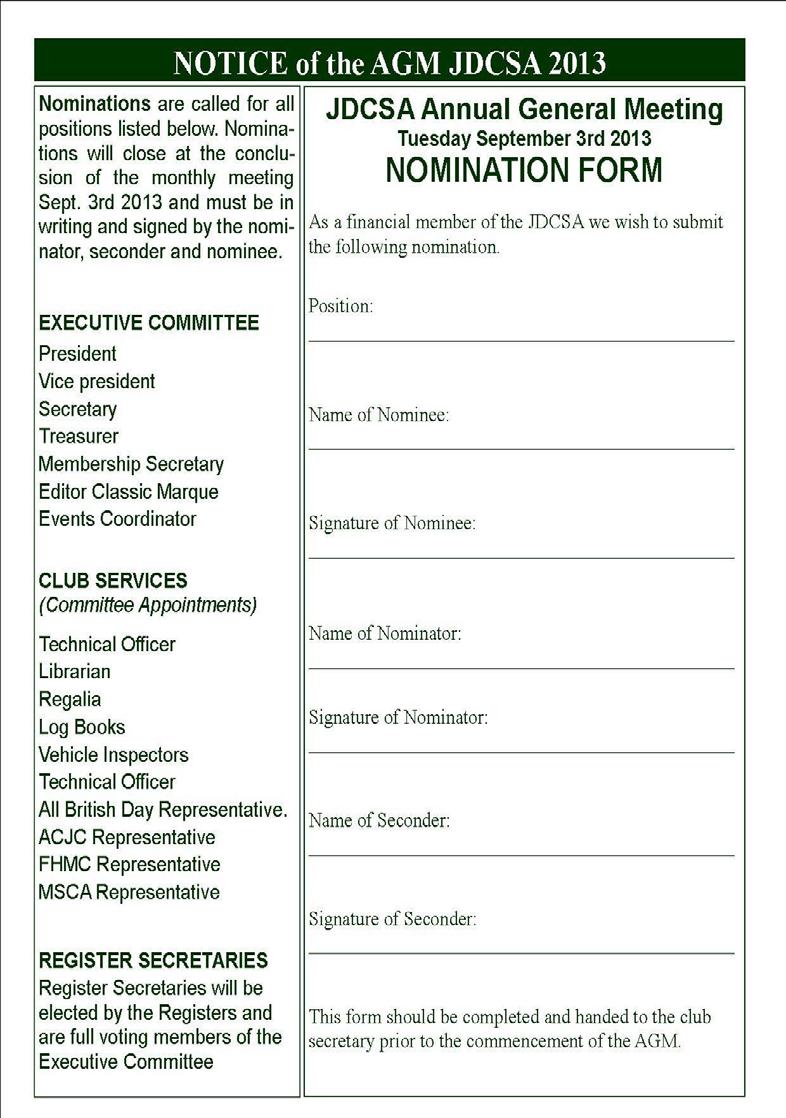
3 minute read
Electric Jaguar XK120
The principle design philosophy of UK company Lunaz Design is that the future of classic cars will be achieved by preserving the past and embracing the (electric) future.
Their goal is to make the world’s finest electric converted classic cars by using state of the art technology and manufacturing techniques to maximise range, performance, usability and make classics a little more future-proof. At this point in time they have “three models”- a 1961 eight-seat Rolls-Royce Phantom V, a Rolls Royce Cloud, and a 1953 Jaguar XK120.
They source existing cars including those that are no longer functional and then fully restore them to create beautiful, clean and usable electric classic cars. They will also rebuild owners own cars including XK120, XK140 and XK150’s models in both fixed head and drophead configurations. They claim that the interior and exterior finish will be of superior quality and that the beauty of the car will be preserved and transformed into a car that will provide


both high performance and a stress-free driving experience. The electric motors produce 375bhp, and at least 250 miles of range. Electrification has an added side effect – more legroom. This means people taller than six feet can now comfortably get in an XK120, 140 or 150 coupé and not worry about space. The XK’s retain their original massive steering wheel and the original seats are retained, albeit re-trimmed. Naturally the cars rev counter is replaced with a power gauge. Lunaz Design’s mission is to make classic cars work for future generations. Only time will tell if they will succeed in keeping automotive legends on the road for a fair while yet. .

If the future lets people focus on work instead of driving during their daily commute, many of us will have to conquer motion sickness to read Memos and Emails.
Sudden braking, acceleration, cornering and lane swapping already causes motion sickness for passengers. This is amplified if the person is trying to read. According to JLR, motion sickness affects more than 70 percent of people around the world. JLR is therefore working on new technology that will teach autonomous driving systems to reduce motion sickness. The research aims to reduce the impact of motion sickness by adjusting acceleration, braking & lane positioning. The new software combines 20,000 real-world and virtually-simulated test kilometres to compute driving dynamics and improvements in the system. By using advanced algorithms that selflearn based on bodily movements, the system can optimise its driving style, which in turn vastly improves the driving experience of the cars: - • JLR claims that its biometric sensors can detect when someone is becoming car sick even before they know themselves. • Turning up the satnav’s voice instructions is key: simply hearing the directions means people subconsciously prepare themselves for the car’s movements. The new learning mechanism will also be able to adapt data to suit different models: a performance car for instance won’t drive the same as an SUV under autonomous driving situations. Motion sickness is caused “when the eyes observe information different from that sensed by the inner ear, skin or

body,” says JLR. Using machine learning, cars can adapt the way they brake and accelerate to reduce this feeling. “Mobility is rapidly changing, and we will need to harness the power of selfdriving vehicles to achieve our goal of zero accidents and zero congestion. Solving the problem of motion sickness in driver-less cars is the key to unlocking the huge potential of this technology for passengers, who will be able to use the travelling time for reading, working or relaxing” says Dr Steve Iley, JLR Chief Medical Officer. This new technology will bring relief to thousands of sufferers, and hopefully put JLR ahead of the game. .












